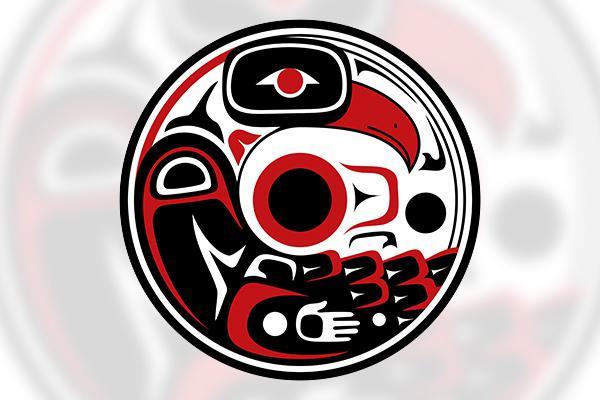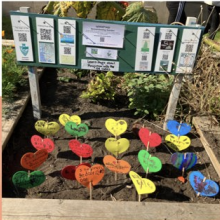I acknowledge and thank the First Peoples of the hən̓q̓əmin̓əm̓ language group on whose traditional and unceded territories I teach, learn and lead.
The Equity in Action Project is intended to create opportunities for students with Indigenous ancestry to have greater holistic success in school. The recommendations of the project guides and highlights the importance of academic performance and stresses the integral nature of Indigenous traditional culture. The work of the district will continue to focus on providing equity for our Indigenous learners and families. This is critical in achieving our district’s commitment towards Truth and Reconciliation and our district’s strategic priorities of Inspired learners and Equity and Inclusion.
Through these guided commitments we aspire to instil pride and self-confidence, in students with Indigenous ancestry to strengthen their resilience and tenacity to work towards academic, personal, and social success.
Indigenous Gathering Spaces
The district now has four Indigenous gathering spaces in two of our elementary schools and two secondary schools. These spaces have been created as safe, welcoming environments where Indigenous students can feel a strong sense of belonging, pride and community.
Designed in collaboration with students and community members, these gathering spaces provide a place for Indigenous success teachers, Elders, knowledge keepers, and program facilitators to come together with students to engage in cultural learning, storytelling, ceremonies and connection. Whether it’s through shared teachings, traditional activities, or quiet reflection, these spaces support the cultural and emotional well-being of Indigenous learners.
Each space is unique and is at a different stage of development. Student voice and leadership have played a key role in shaping the look and feel of these spaces, including the commissioning of original artwork from Coast Salish artists to help Indigenize and honour the land and culture in meaningful ways.
These gathering spaces are becoming important hubs of cultural celebration and learning — spaces of pride for students, staff and our broader school communities.
Learning ultimately supports the well-being of the self, the family, the community, the land, the spirits, and the ancestors.
First Peoples Principles of Learning
fnesc
Why are we focusing on Indigenous Learners?
The Richmond School District believes that an education that honours the histories, world views, and perspectives of First Peoples is important for all students and educators in our district and is key to acknowledging Truth and working towards Reconciliation with Indigenous students, families, and all communities. We are focusing on Indigenous learners in recognition of a shared responsibility to support their success at school and see them graduate with dignity, purpose, and options.
What learning and actions are we doing?
The actions we take are guided by the goals of the Equity in Action Project which is a commitment made by a school district, local Indigenous communities, and the Ministry of Education and Child Care, to work together to improve the success of Indigenous students.
IEC and IEAC
Pagination
- Page 1
- Next page
How will we know we are making enough of a difference?
Our learning connected to the Equity in Action Project is committed to follow the process of continuous improvement through inquiry. In addition, we are committed in utilizing quantitative and qualitative data in informing our work to ensure we are achieving Indigenous and non-Indigenous student success. We will know we are making a difference when we witness students with Indigenous ancestry and their families experiencing a connection to their community, schools, and educational goals. In addition, our non-Indigenous learners will learn the truth and engage in learning that enhances their understanding, empathy and appreciation for equity and reconciliation. Our strongest indicator of success will be when all Indigenous learners successfully complete secondary school and graduate with dignity, purpose, and options.

Indigenous Graduation Rates
5 Year Graduation Rates
Pagination
- Page 1
- Next page


